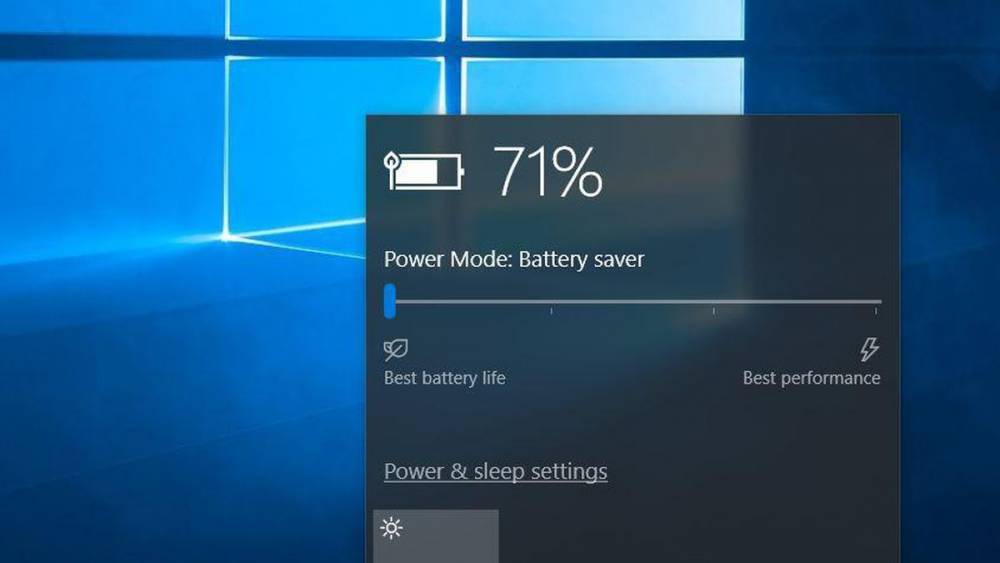
How To Maximize Battery Life On Windows 10
How to Maximize Battery Life on Windows 10
If you recently upgraded to Windows 10 or purchased a new Windows 10 computer, you may experience battery drain issues. Indeed, while the default settings in Windows 10 are optimized for performance and visual effects, you may not always require them. Occasionally, conserving energy or extending the life of your battery may be more important to you. If power conservation is a priority on Windows 10, this article will undoubtedly assist you. Here's how to get the most out of Windows 10's battery life.
1. Activate the Power Saver

By default, Windows 10 is in power saver mode, so the first thing you should do to improve battery life is to enable power saver mode. This can be accomplished by navigating to settings>System>Battery Saver. You'll notice a switch, which you can toggle to enable power saving mode on your Windows 10 computer. Not only that, by clicking Battery use>Current battery saver settings, you can also customize the power plan.
2. Uninstall any applications or software that you are no longer using
On every computer, there are programs that you install and then never use. These applications consume resources on a per-use basis, as they run in the background. As a result, it's a good idea to go through installed programs and uninstall any that you're not using. To view a list of installed applications on your computer, navigate to Control panel >Remove programs. Uninstalling unused applications from your computer is an effective way to extend the battery life of Windows 10.
3. Wi-Fi, Bluetooth, and Other Configuration

All modern computers include built-in wireless and Bluetooth connectivity for easy sharing and connectivity. These features make it easier to connect devices to your computer, but you should only turn them on when necessary; otherwise, they will continue scanning for nearby devices, consuming battery, so it is always a good idea to turn these adapters on only when necessary. Following that, you should switch them off.
4. Avoid Overheating
Overheating is another factor that contributes to your Windows 10 laptop's excessive battery consumption. Overheating can be caused by either internal or external factors. When you run heavy applications continuously on your computer, it overheats due to the processor clock running constantly. On the other hand, when vents on your system are not properly opened, your device's cooling system cannot function properly, resulting in overheating. In both cases, your system fan must run at maximum speed to dissipate the heat from the outside, which consumes a significant amount of battery.
5. Enable Adaptive Brightness

As with our smartphones, Windows 10 includes an option for users to enable adaptive brightness. Enabling adaptive brightness is an efficient way to extend the battery life of Windows 10. When this feature is enabled, your system will dim the screen in the dark and adjust the brightness to optimize your vision. If you notice that the brightness is too high at any point, you can dim it using the hard keys on your system. The brightness level is critical for maximizing the battery life of Windows 10 and our smartphones, and thankfully, Windows 10 includes this feature that enables users to set adaptive brightness.
This is how you can extend the battery life of Windows 10. There are a few additional factors that can help you extend battery life, such as not using as many peripherals while on battery power, and keeping the system volume muted or at a low level when not playing music or video. Thus, these small tips can assist you in extending the battery life of Windows 10 and thus providing a more enjoyable computing experience.

